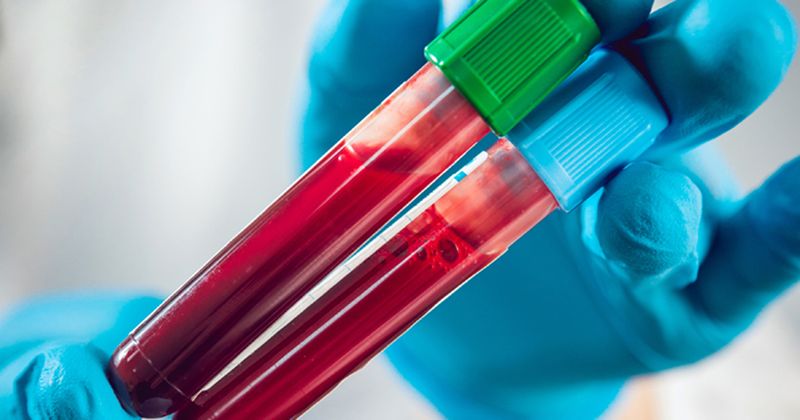Routine blood test may predict mortality risk in patients with COVID-19
A standard test that evaluates blood cells can help identify patients hospitalized with COVID-19 who are at an elevated risk for death, according to research published in JAMA Network Open.
“We were surprised to find that one standard test that quantifies the variation in size of red blood cells — called red cell distribution width, or RDW — was highly correlated with patient mortality, and the correlation persisted when controlling for other identified risk factors like patient age, some other lab tests, and some pre-existing illnesses,” Jonathan Carlson, MD, PhD, an instructor in medicine at Massachusetts General Hospital, said in a press release.

In their cohort study, Carlson and colleagues retrospectively analyzed adult patients with SARS-CoV-2 infection who were admitted to one of four participating hospitals in the Boston area from March 4 through April 28. As part of standard critical care, all patients had their RDW, absolute lymphocyte count and dimerized plasmin fragment D levels collected daily.
According to the researchers, RDW reflects cellular volume variation, and elevated RDW (more than 14.5%) has previously been associated with an increased risk for morbidity and mortality in a variety of diseases, including heart disease, pulmonary diseases, influenza, cancer and sepsis.
A total of 1,641 patients were included in the analyses. The final discharge among these patients was June 26, and there were no COVID-19-related readmissions through July 25.
Carlson and colleagues determined that elevated RDW was associated with an increased risk for mortality in patients across all ages.
They observed a mortality rate of 11% in patients who had a normal RDW at hospital admission, while those with an elevated RDW had a mortality rate of 31% (RR = 2.73; 95% CI, 2.52-2.94).
When stratified by age, researchers found that elevated RDW was associated with an increased risk for mortality in patients aged younger than 50 years (RR = 5.25; 95% CI, 4.04-6.46), 50 to 59 years (RR = 2.90; 95% CI, (2.30-3.51), 60 to 69 years (RR = 3.96; 95% CI, 3.42-4.51), and 80 years or older (RR = 1.59; 95% CI, 1.29-1.90). Patients aged 70 to 79 years with an elevated RDW had an increased risk for mortality, but it was not statistically significant.
Having an elevated RDW was also associated with mortality in hazard models adjusted for patients’ age, dimerized plasmin fragment D levels, absolute lymphocyte count and comorbidities like diabetes and hypertension, according to researchers. Carlson and colleagues determined there was an increase in HR of 1.09 per 0.5% increase in RDW, and that an elevated RDW was associated with an HR of 2.01 compared with those who did not have an elevated RDW.
Researchers also determined that patients with an RDW that increased after admissions had higher mortality compared with those with an RDW that did not change during hospitalization. For those with an RDW that increased during hospitalization, mortality rose from 6% to 24% in those with a normal RDW at admission, and from 22% to 40% in those with an elevated RDW at admission.
Researchers are currently investigating what mechanisms cause RDW to elevate in patients with COVID-19, as “such discoveries could point to new treatment strategies or identify better markers of disease severity,” Aaron Aguirre, MD, PhD, a cardiologist and critical care physician at Massachusetts General Hospital, said in the press release.

